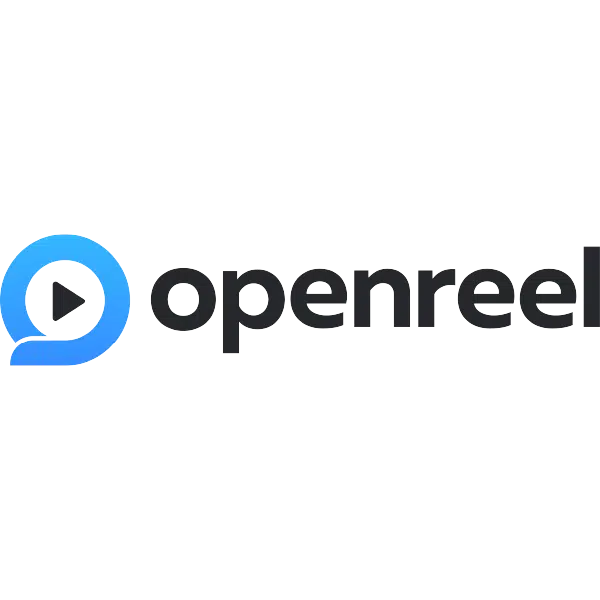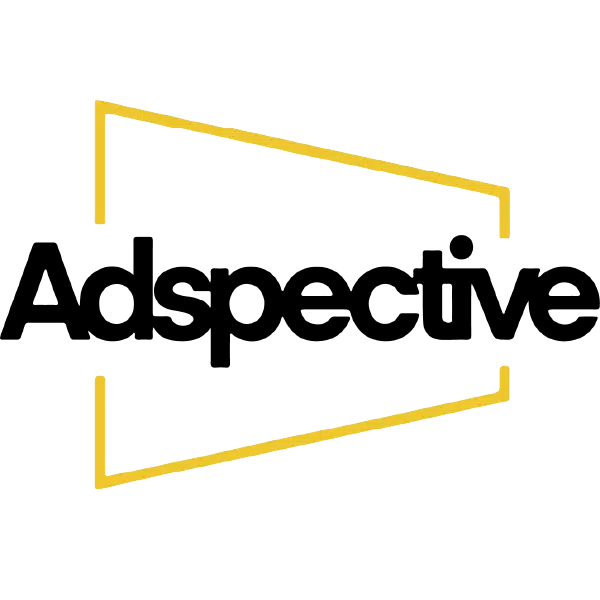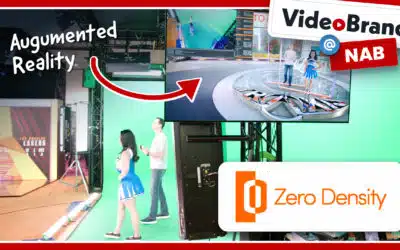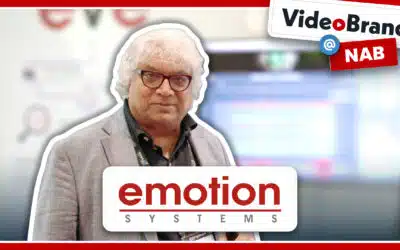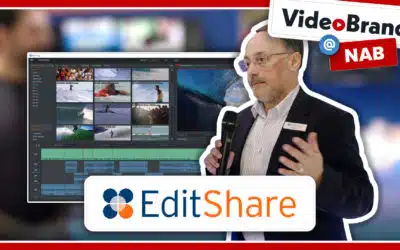GhostFrame is a brand new production toolset that’s changing the game in virtual production, live broadcasts, esports, and corporate videos. Able to hide video content in an LED wall and maintain a perfect naked-eye image, GhostFrame enables you to shoot multiple background scenes simultaneously without the need for re-blocking, resetting, or re-lighting. Using GhostFrame, you can save time and achieve greater efficiency in your production process.
How GhostFrame Works
Peter from GhostFrame explains that the technology enables you to have multiple images hidden in the wall, which are visible through the camera, but invisible to the naked eye. The system works by shuttering the camera at a higher rate than normal, carving out and chopping out the subframe that is needed to give a perfect image. The lighting is synchronized with the background, and the lights cycle to match whatever is on the background that GhostFrame is recording.
Applications of GhostFrame
Fox Sports and Valve are already using GhostFrame to power their analysis and studio analysis, respectively. Fox Sports is using it to put their analysts inside a virtual world, while Valve is using it to be inside their game world. Applications also include extended reality and AR shoots, where multiple cameras can be used to see different backgrounds on the wall. With GhostFrame, you can achieve multi-camera 3D Unreal production, and the realities are always on the wall, making it easy to preview and cut.
Benefits of GhostFrame
GhostFrame can help you achieve greater efficiency and creativity in your production process. With the ability to shoot multiple background scenes simultaneously, you can save time and money on re-blocking, resetting, and re-lighting. The lighting is synchronized with the background, and the lights cycle to match whatever is on the background that GhostFrame is recording. It’s perfect for car commercials, where the reflections are real, and it enables you to change from day to night quickly and easily. GhostFrame is also great for extended reality and AR shoots, where multiple cameras can be used to see different backgrounds on the wall.



